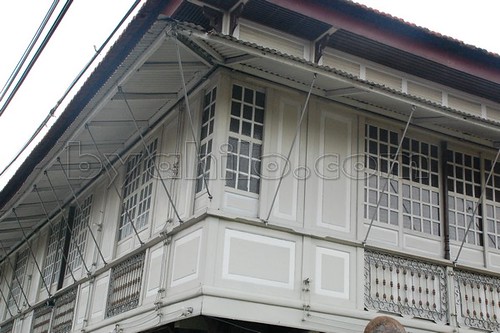The town of Bacoor, also named Bakood or Bakoor (named after a species of bamboo), was founded in 1671. Legend has it that when Spanish troops arrived in this town, they encountered people who were building a fence around their houses. The Spaniards then asked the men what the place’s name was but because the locals could not understand what the visitors were saying, they answered “bakood,” purportedly to describe what they were doing. It was then given the Spanish pronunciation which is “Bacoor.’’

It was also in Bacoor where the first capital of Gen. Aguinaldo’s revolutionary government was established before being transferred to Malolos. Gargano was the revolutionary name given to Bacoor in its attempt to abolish vestiges of the colonial past. This also lives up to the accepted statement that it was in Bacoor where the independence movement bore fruit; without the events that took place in Bacoor, the Malolos Convention would not have happened.

A living proof of Bacoor’s colourful, exciting history still lives on in the Bahay na Tisa, the first Malacañang of the Philippines during Aguinaldo’s time.
Constructed during the mid 1700s and an epitome of Spanish colonial style adopted to suit the Philippine climate —thanks to the use of an indigenous material for its roof called tisa that was baked and cooled before application — Bahay na Tisa was a temporary residence of Gen. Aguinaldo for three months and also the headquarters of the revolutionary government.

It is where Aguinaldo wrote the draft of the Constitution together with Apolinario Mabini.
Enhancing that air of intrigue in Bahay na Tisa are the three deep wells (one on the second floor, another on the side leading towards the huge balcony or azotea and the last, near the santol tree) and tunnels that lead towards Bacoor Catholic Church, the Imus River, and other strategically-devised points unknown to the Spaniards but only to the crafty Katipuneros– perfect escape routes indeed in case of sudden attack!
Bacoor’s Bahay na Tisa



